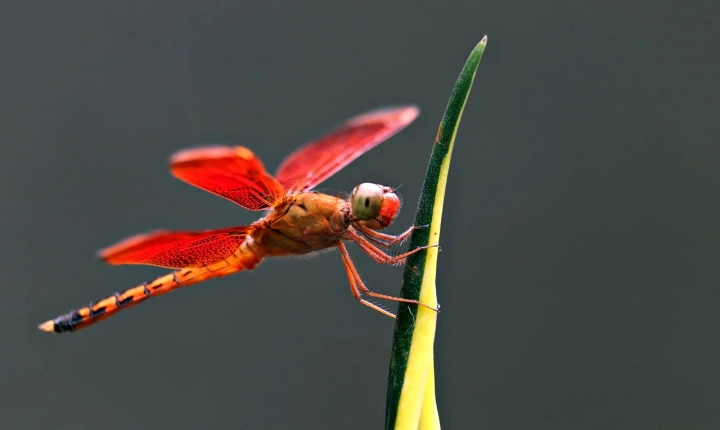Using DALL·E from OpenAI: A Guide for Creatives
OpenAI, a leading artificial intelligence research lab, has released a groundbreaking new tool called DALL·E, that has the capability to generate images from textual descriptions. This tool has the potential to revolutionize the way creative professionals work, offering an innovative way to generate visual content based on written prompts. In this article, we’ll dive into how to use DALL·E and explore its potential for creativity.
Understanding DALL·E
DALL·E is a powerful AI model developed by OpenAI that generates images from textual prompts. This means that users can input a description of an image, and DALL·E will generate an original visual representation based on the input. The model is trained on a vast dataset of images and text, allowing it to generate a wide range of visual concepts.
How to Use DALL·E
Using DALL·E is relatively straightforward, and OpenAI has provided an easy-to-use interface for interacting with the model. To use DALL·E, follow these steps:
1. Access the Interface: Visit the OpenAI website and navigate to the DALL·E page to access the interface. Once there, you’ll see a text input box where you can input your description.
2. Input Description: In the text input box, enter a detailed description of the image you want to generate. This can be anything from a simple object to a complex scene. For example, you might input “a flying cat with butterfly wings” or “a futuristic cityscape with neon lights.”
3. Generate Image: After entering your description, click on the “Generate” button to prompt DALL·E to create an image based on your input. The model will then process the description and generate a visual representation.
4. Explore Outputs: DALL·E will generate several images based on the input description, allowing you to explore different interpretations of the prompt. You can select the image that best matches your vision or refine your description to generate alternative outputs.
Potential for Creatives
DALL·E opens up exciting possibilities for creatives in various fields, including graphic design, advertising, storytelling, and more. Here are a few ways that DALL·E can be leveraged for creative purposes:
Idea Generation: DALL·E can be used to quickly visualize concepts and ideas for visual projects. By inputting a description of a scene or object, creatives can rapidly generate visual inspiration to kickstart their creative process.
Visual Storytelling: Writers and storytellers can use DALL·E to visualize scenes or characters from their narratives, helping them to better convey their ideas through visual elements.
Conceptual Art: Visual artists can experiment with DALL·E to translate abstract concepts or emotions into visual representations, pushing the boundaries of traditional art creation.
Mockups and Prototypes: Designers and marketers can use DALL·E to create quick mockups or prototypes of products or visuals to test different ideas before committing to a full design process.
Challenges and Considerations
While DALL·E offers immense potential, there are also considerations to keep in mind when using the tool. For instance, the generated images may not always align perfectly with the user’s mental image, and the model’s outputs are based on the data it has been trained on, which may introduce biases or limitations. Additionally, copyright and ethical considerations come into play when using AI-generated content for commercial use.
In conclusion, DALL·E from OpenAI is an exciting new tool that has the potential to transform the creative process for professionals in various disciplines. By understanding how to use DALL·E effectively and thoughtfully, creatives can harness its power to generate unique visual content and explore new avenues of creativity. As the technology continues to advance, it’s important for users to stay informed and mindful of the implications of AI-generated content in the creative industry.
